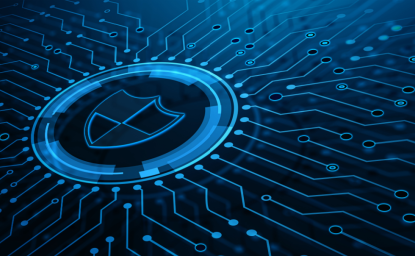
A blog of the Science and Technology Innovation Program
The landscape of digital assets evolved from a curiosity in 2009, when bitcoin was created, to economic structures, social platforms and new opportunities in the metaverse last year.
Today blockchain is about utility. The same technology that allowed for a new form of money allows developers to create so-called “smart contracts” that facilitate financial transactions, including those being carried out across the metaverse. The metaverse is the vision that captures the confluence of several technologies: augmented or virtual reality, blockchain, and other technologies native to social media and cryptocurrency. The shape of this virtual future is taking place today.
As Chair of the Wilson Center’s Digital Assets Lab, I felt an obligation to travel the frontier of the metaverse to see what is really going on—and what a long strange trip it has been. Built on blockchain technology, developers have created virtual worlds with limitless bounds using NFT’s (Non-fungible Tokens). NFTs are images, videos or other data that are saved on to the blockchain, stored across a decentralized ledger as opposed to a specific server. For example, Decentraland, which is an open source 3D virtual world platform, is a place where users can buy NFT plots of land using MANA cryptocurrency. The vision of the metaverse will have longstanding impacts on the economies we are building today.
NFTs are not limited to land. Those images and digital files might include planets and cars, creatures and people. Even Macy’s got into the act with a limited edition of Macy’s Thanksgiving Day Parade NFT’s; no need to stand in the cold to see the 37 foot long helium filled dachshund. It can live in your own virtual metaverse.
In the metaverse, your NFT representations or “avatars” can walk into, jobs, parties and a reality that seems more than just virtual—it can be dynamic and quite realistic. As technology improves, we may be on the cusp of Zoom-like meetings that allow you to shake hands and interact in a decentralized, blockchain-based world that is almost indistinguishable from your local diner or office. Real estate in one virtual world today is more expensive than on the Upper East side of Manhattan.
For those of you who are wondering why governments should care about games and sci-fi art projects, consider how social and economic interactions might evolve in the context of immersive virtual worlds were this forum to gain widespread acceptance. Smart contracts facilitate an array of financial products that seem quite “banking-like” and there are currently no virtual sheriffs.
Some say that blockchain and digital assets are in their first inning of growth—like the internet circa 1992. Others say the players are just arriving at the stadium. And still others dismiss NFT’s and metaverses as just another fad.
Whatever the case, the Wilson Center Digital Asset Lab will help legislators, regulators and the public understand how they might want to weigh in on the realities of the evolution of blockchain technology.
Author

Private Investor; Senior Lecturer of Laws, New York University

Science and Technology Innovation Program
The Science and Technology Innovation Program (STIP) serves as the bridge between technologists, policymakers, industry, and global stakeholders. Read more





